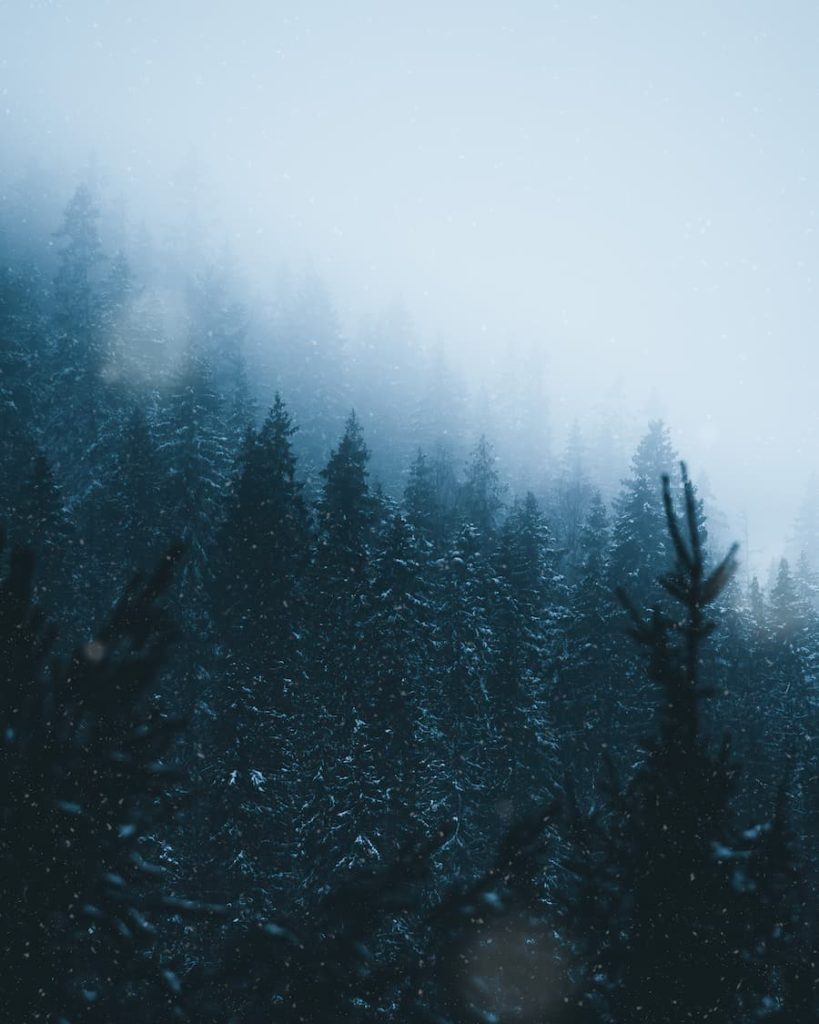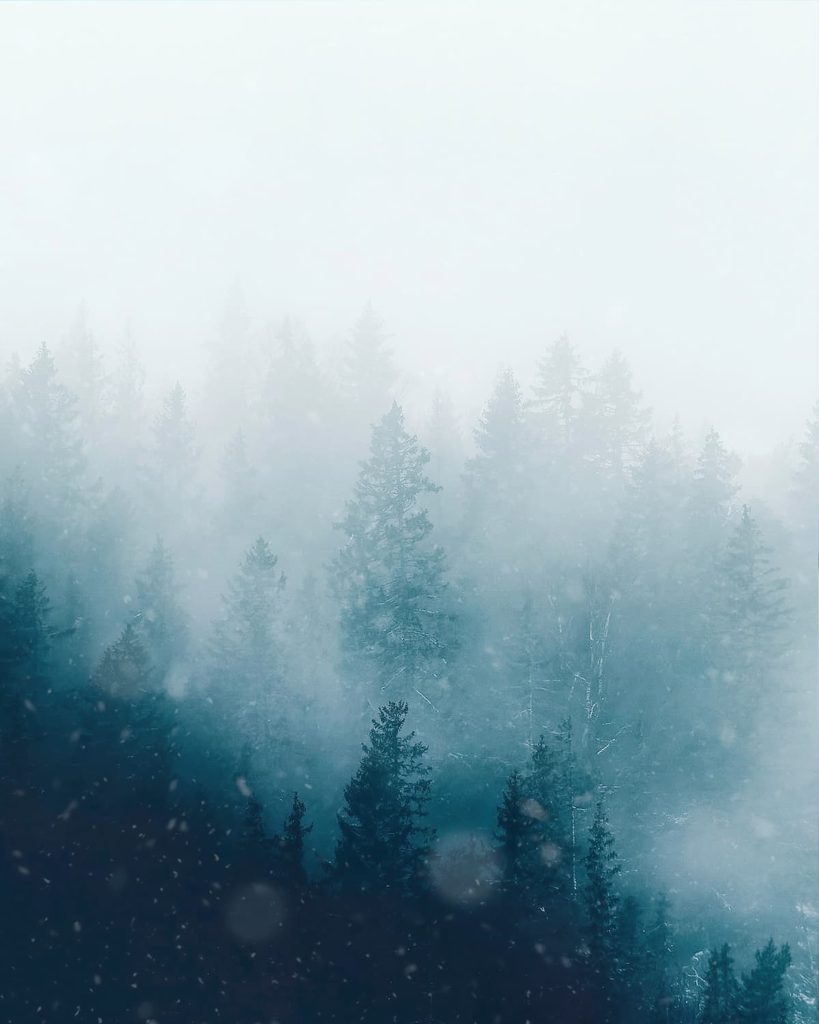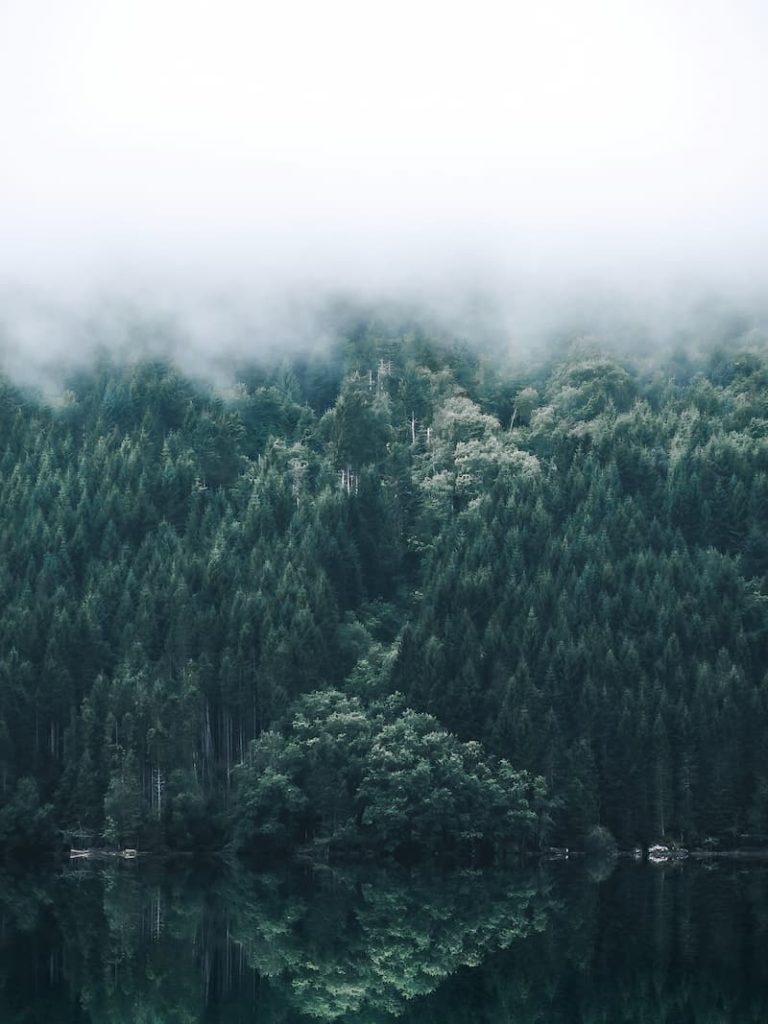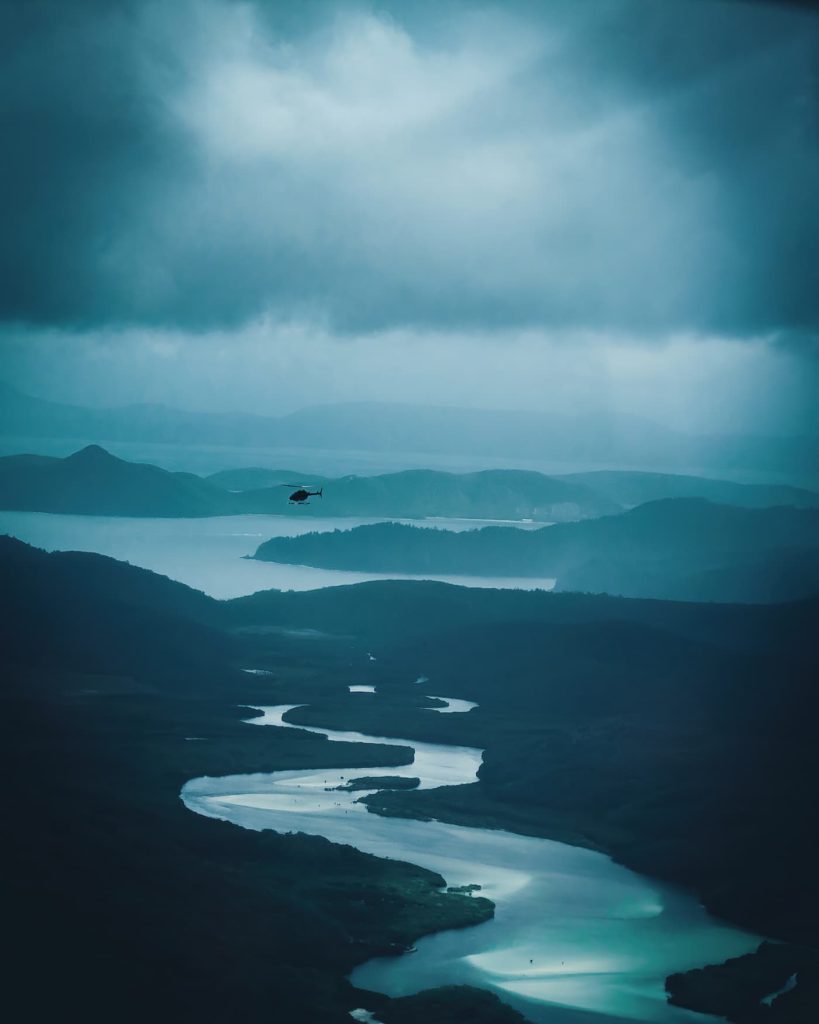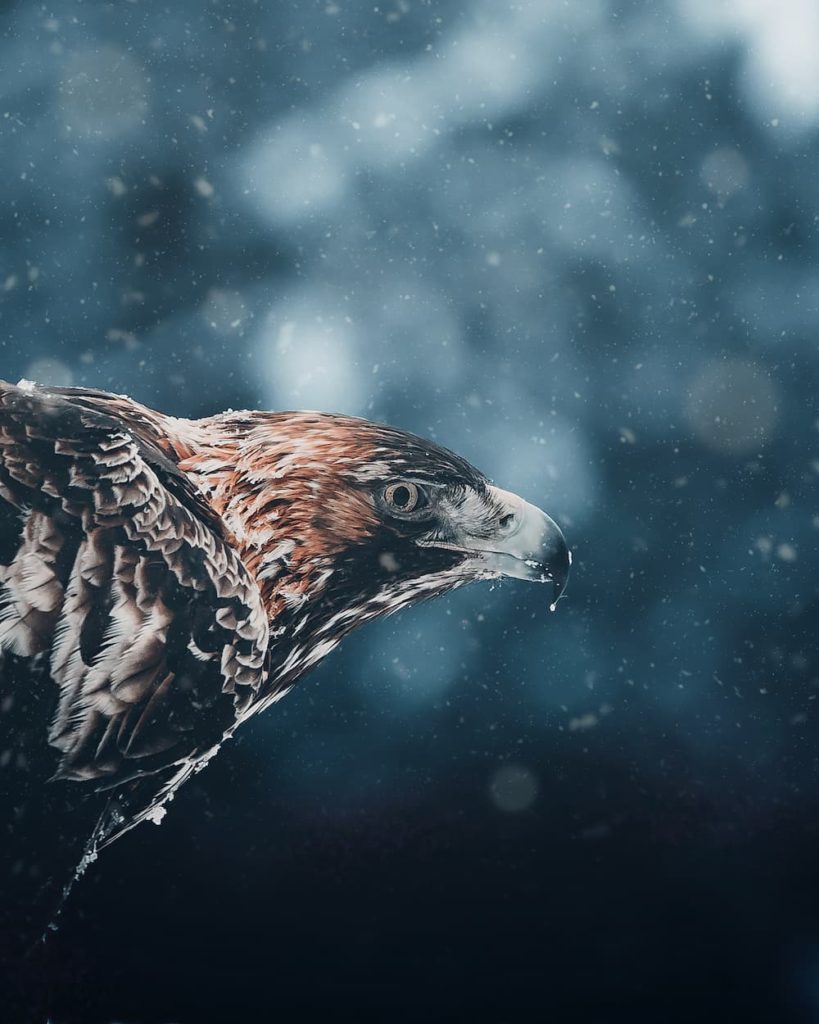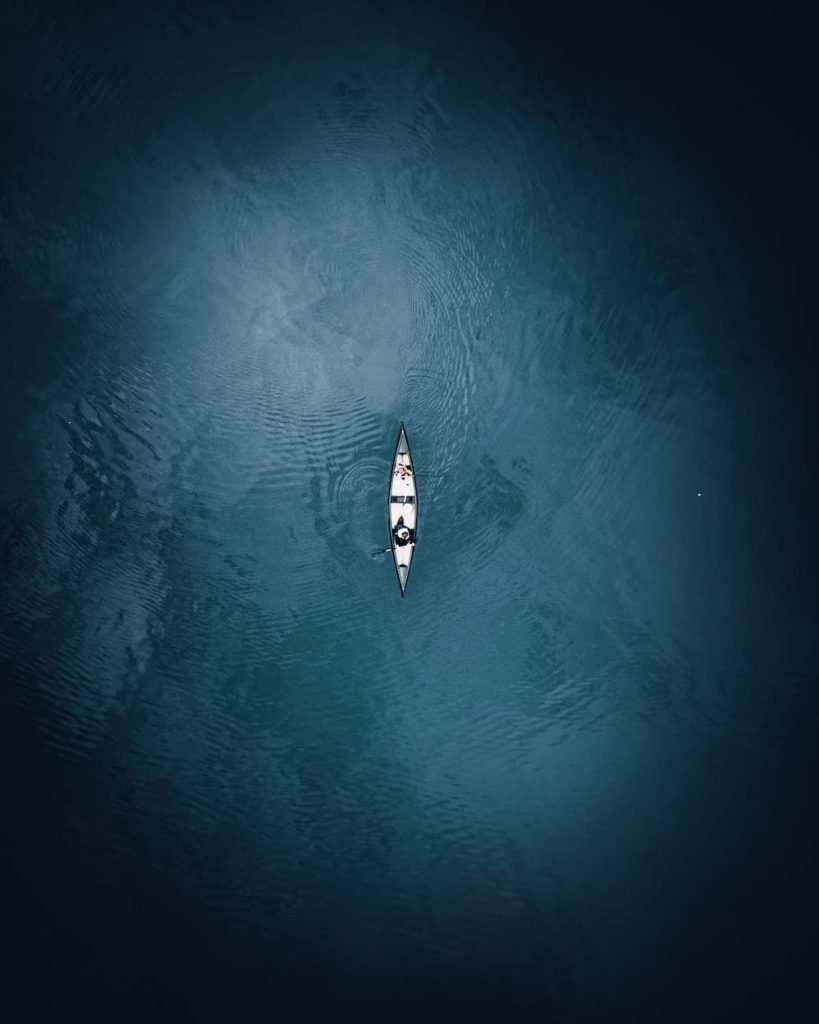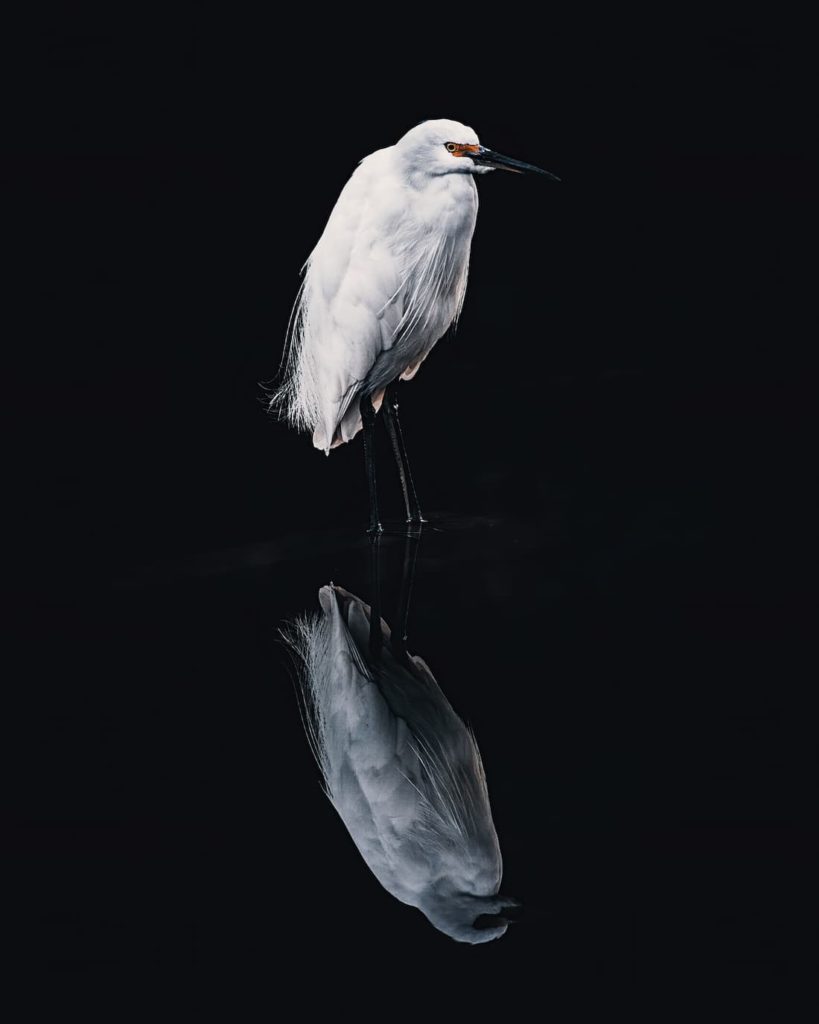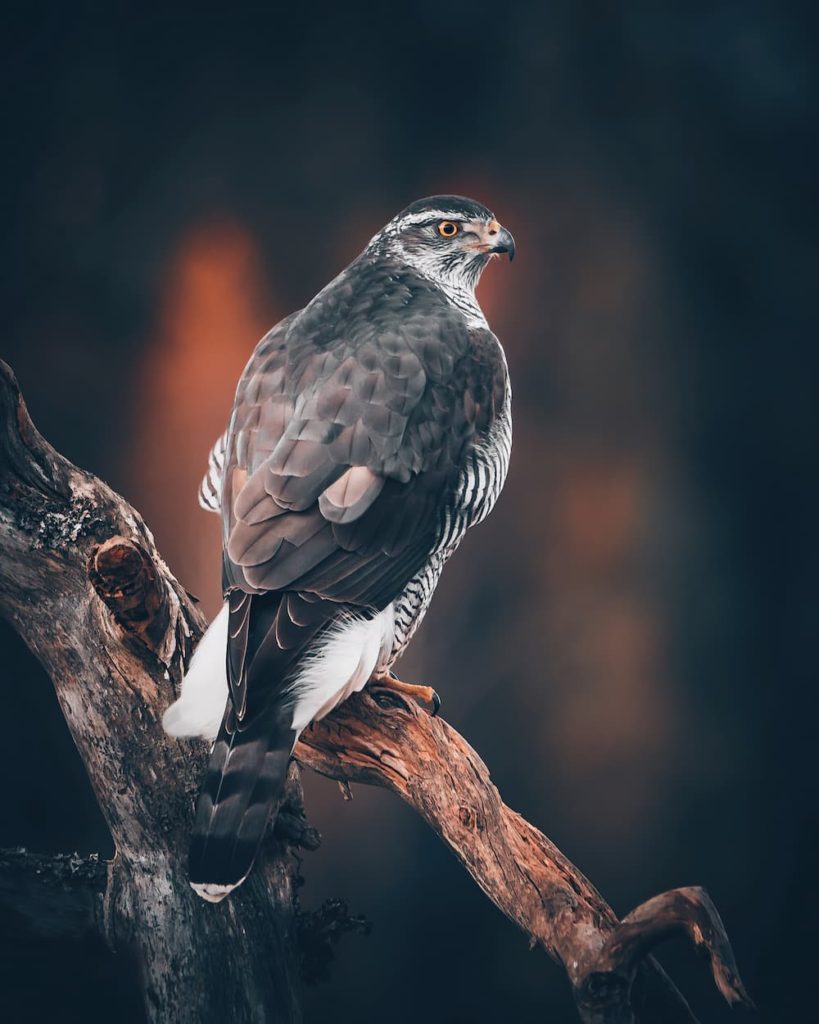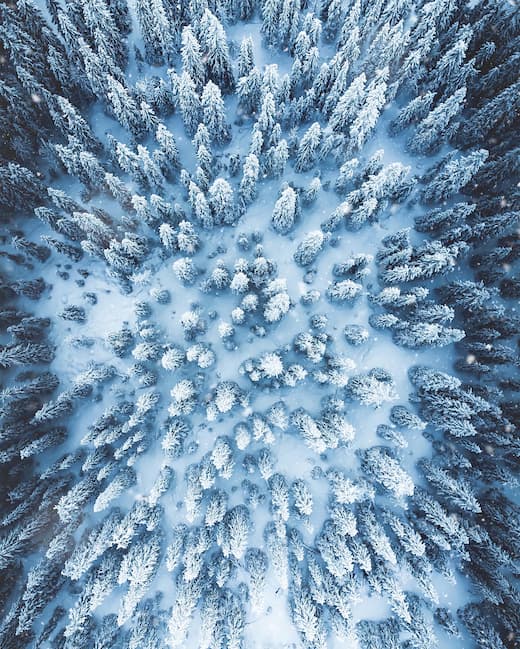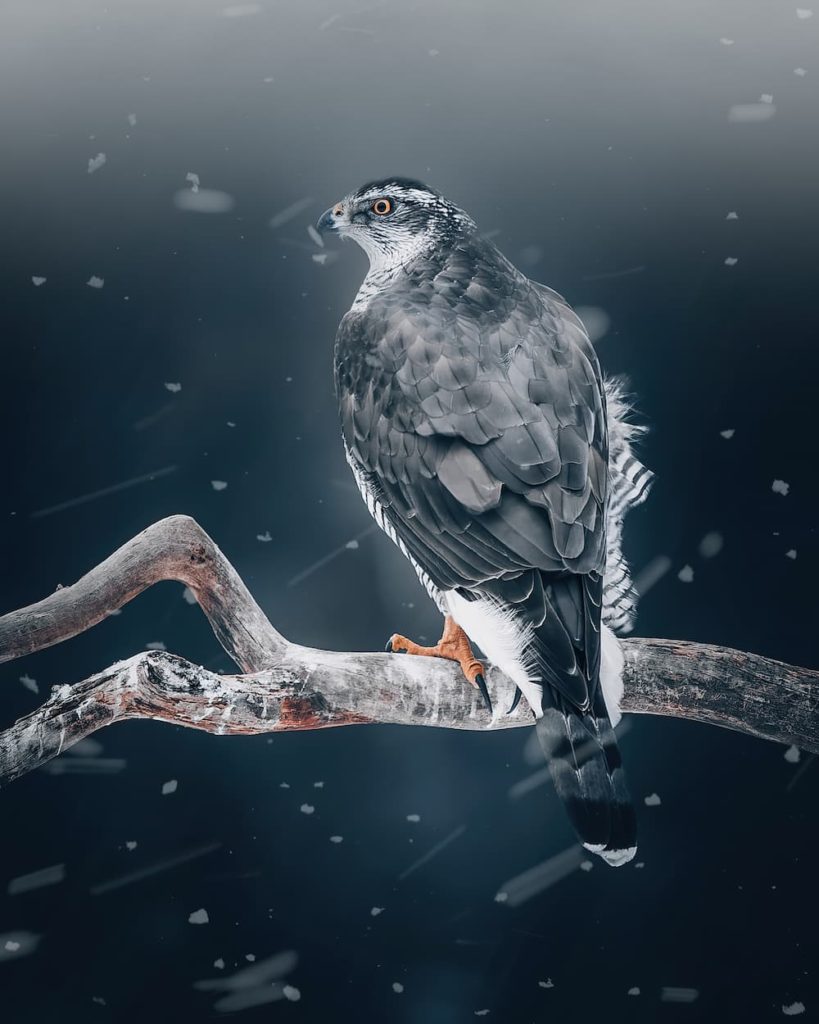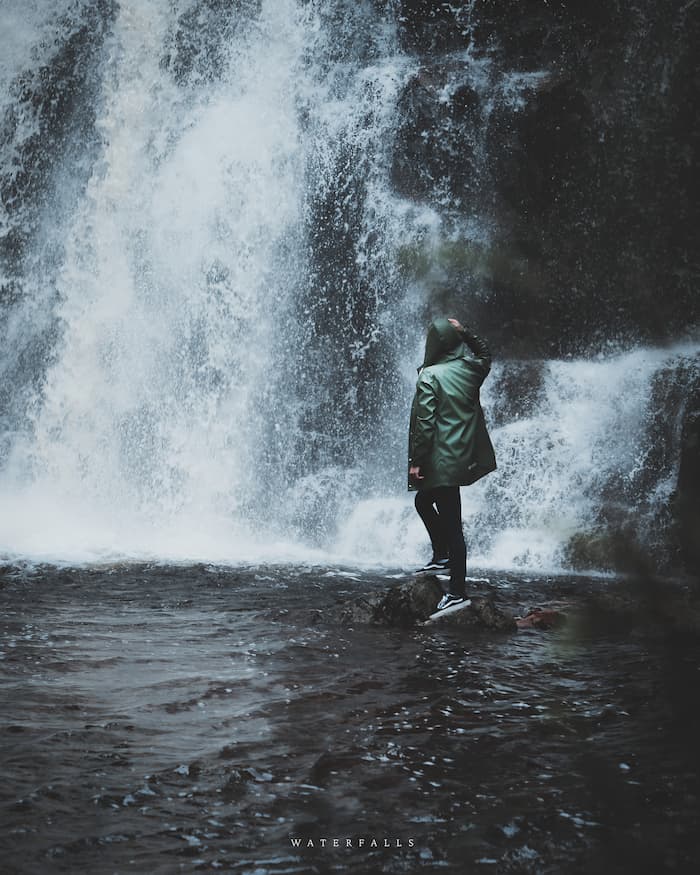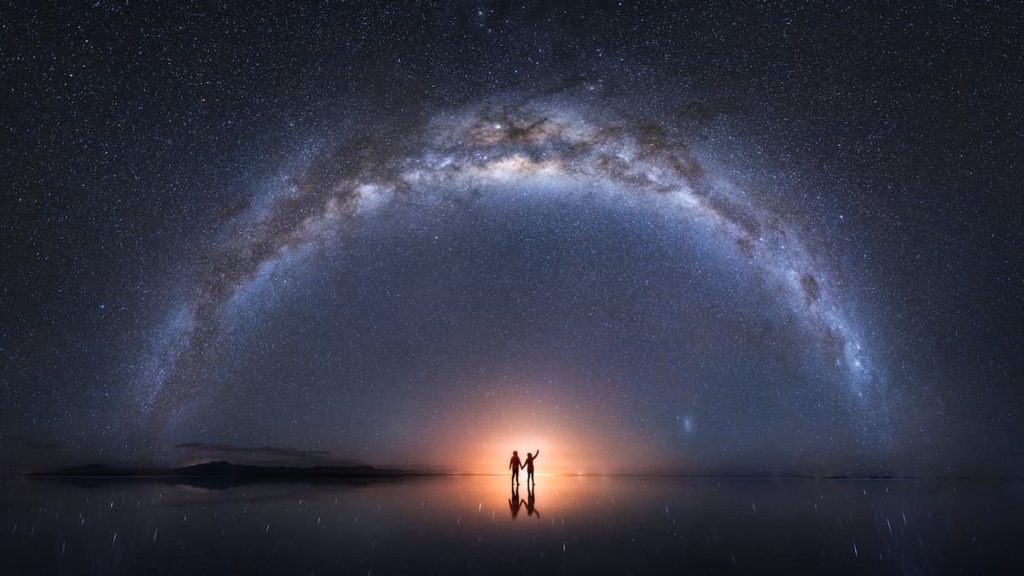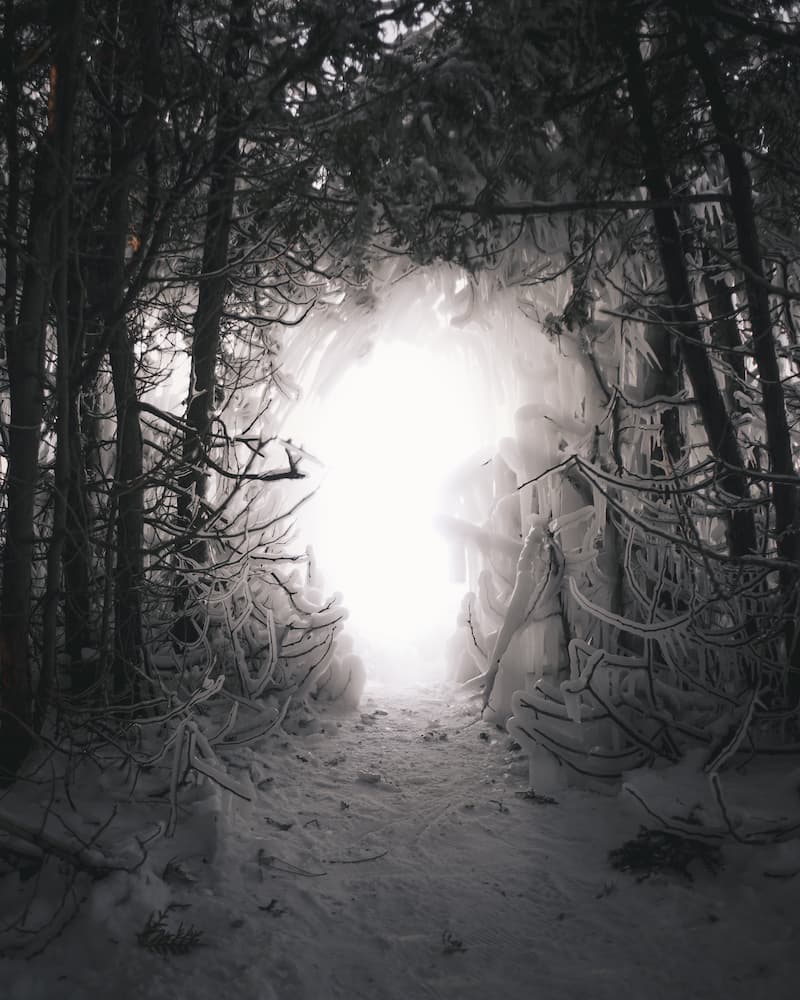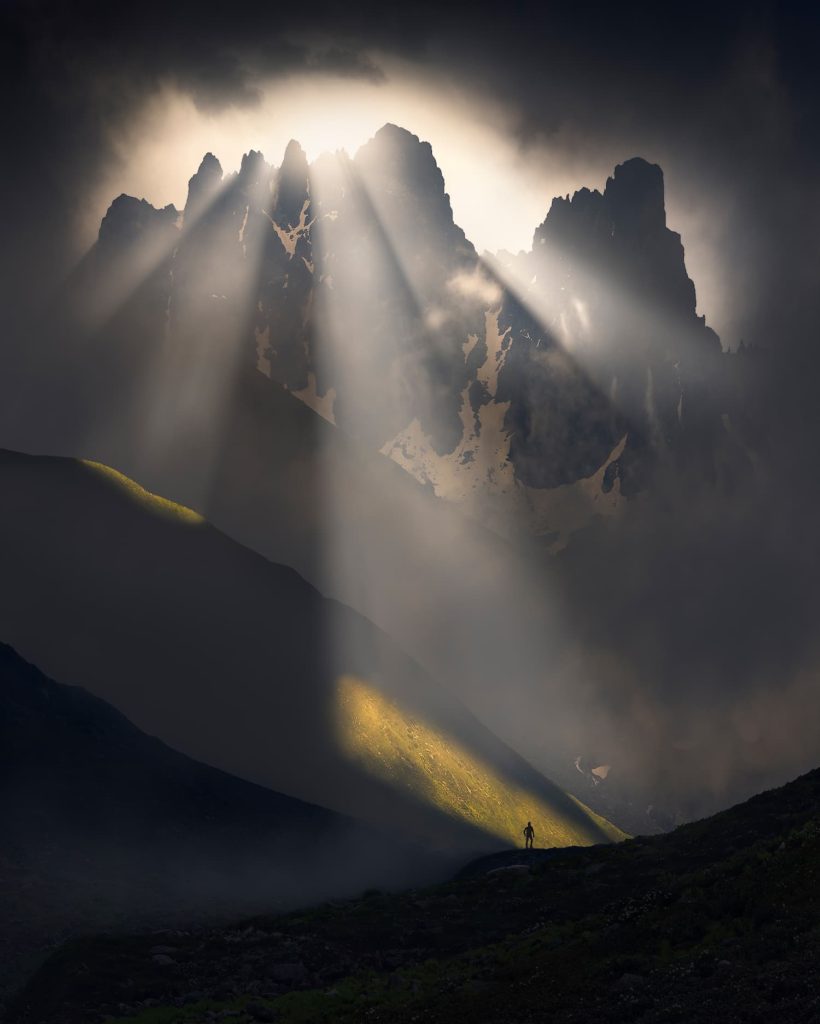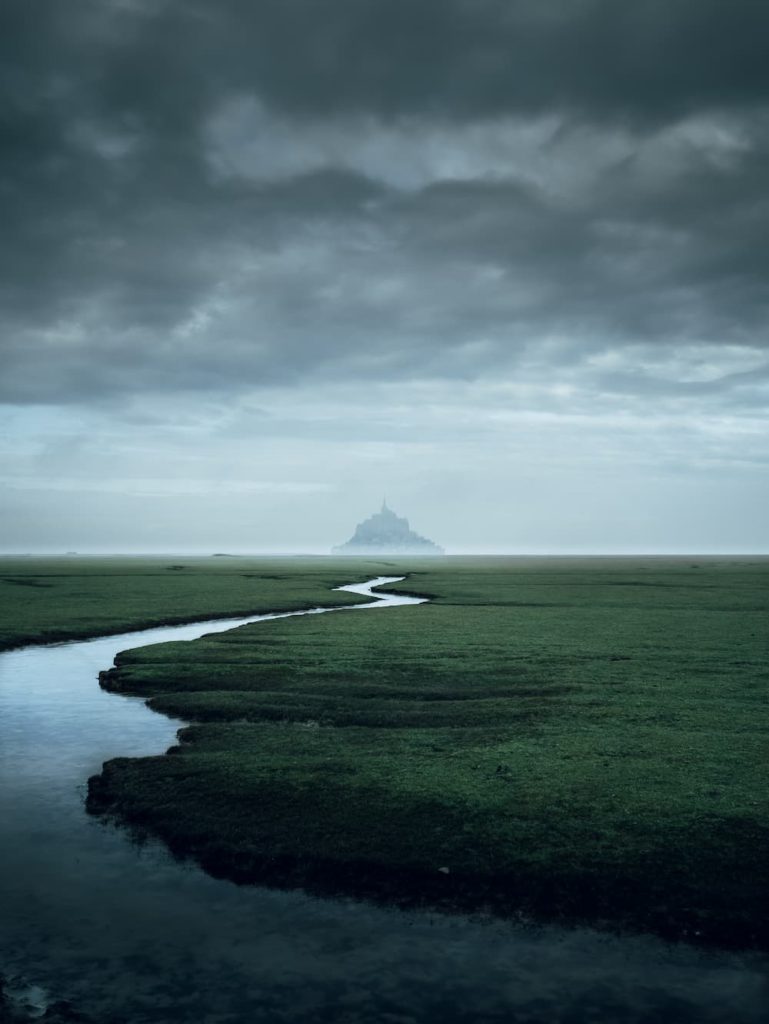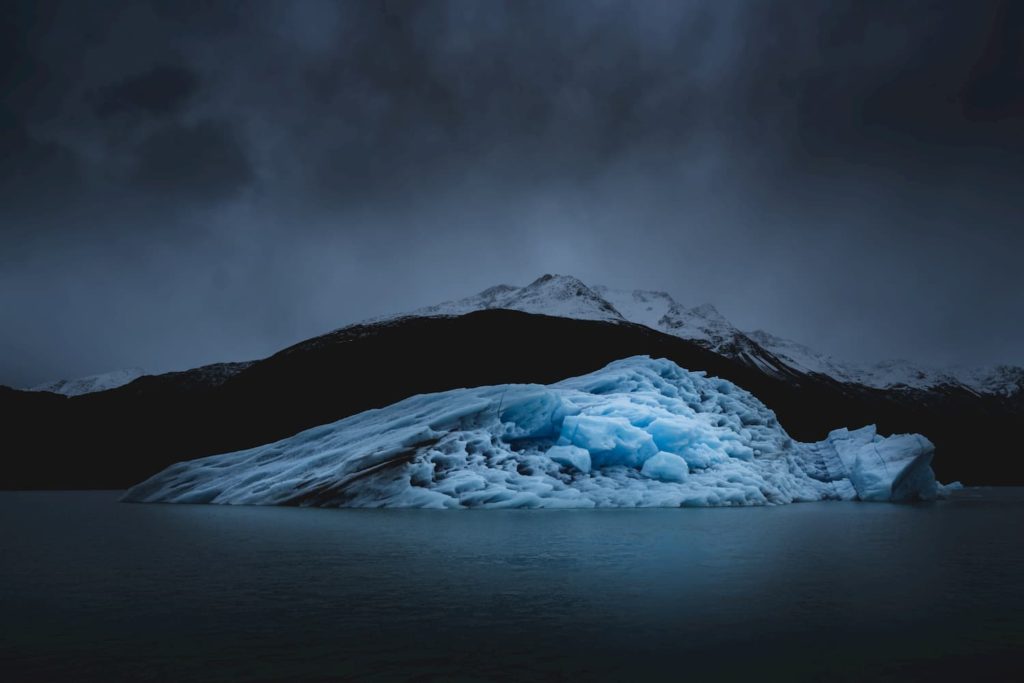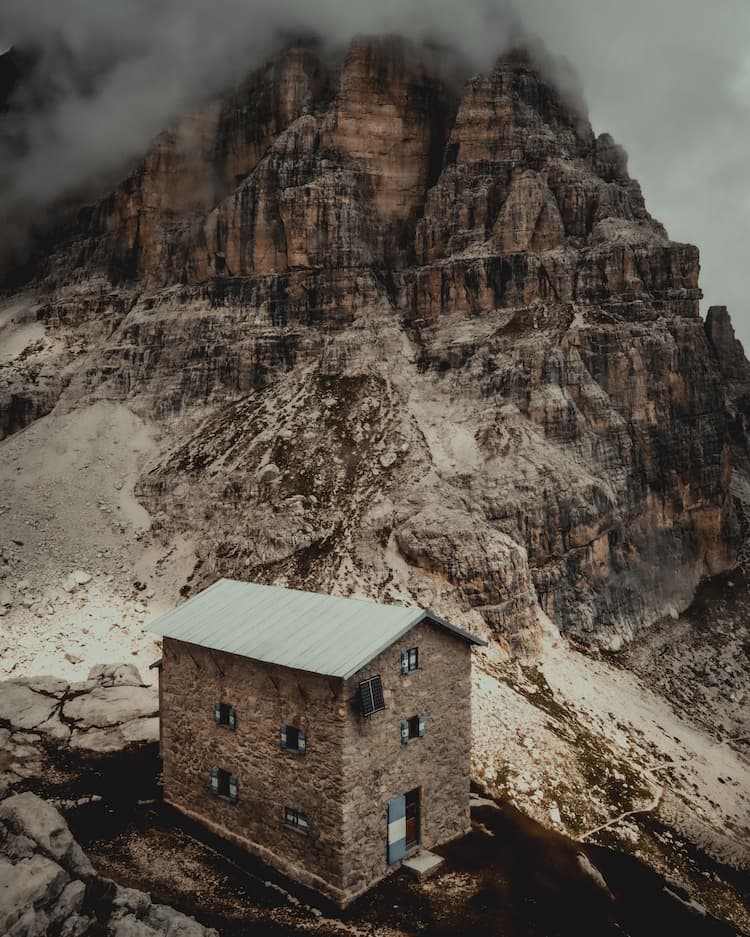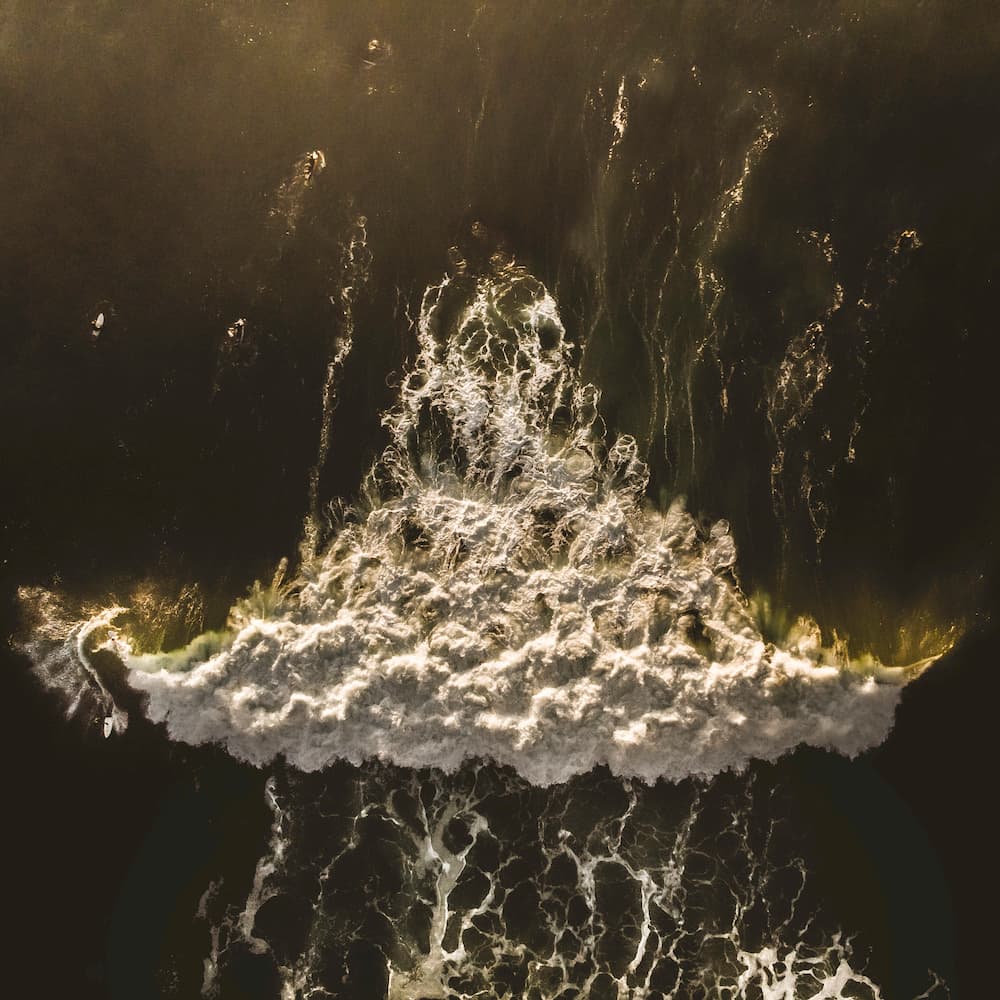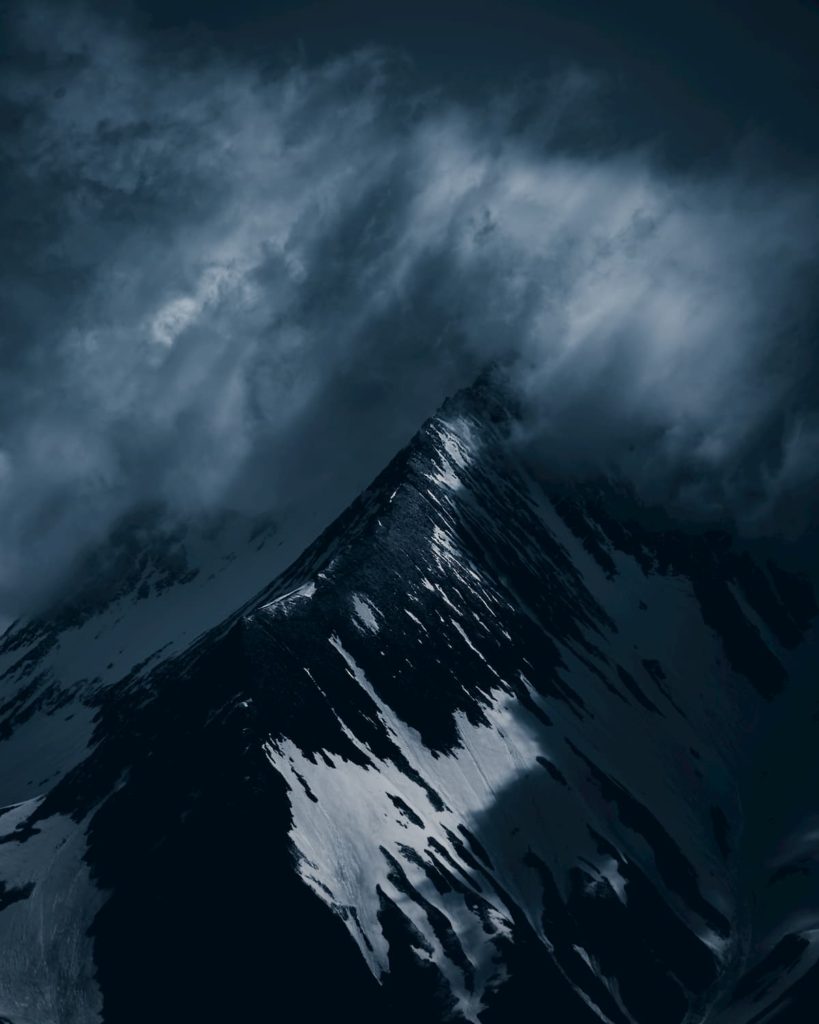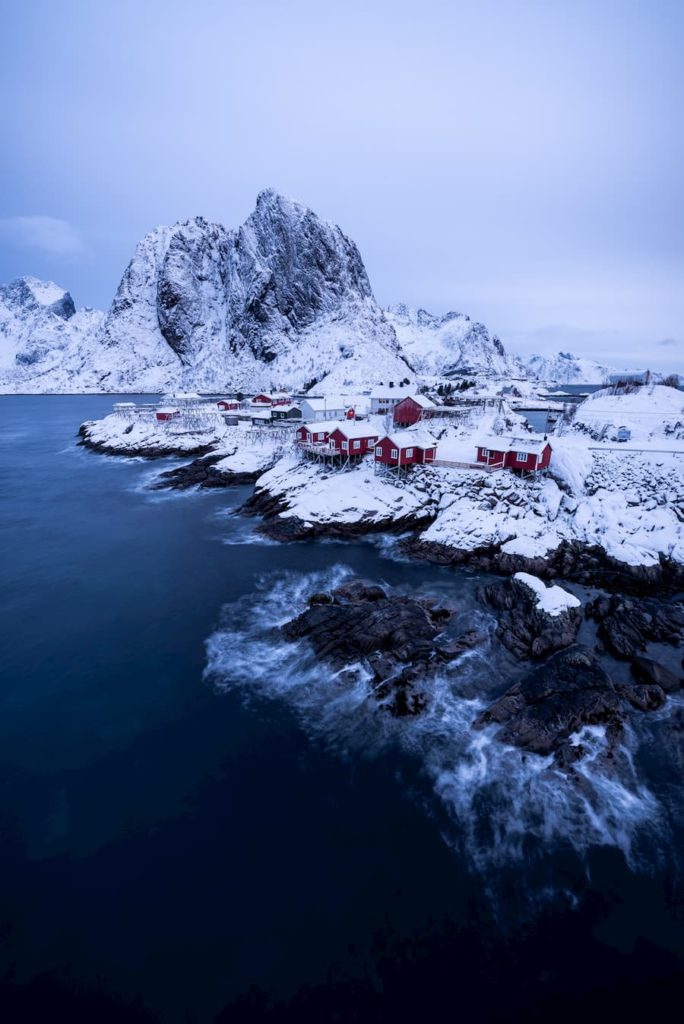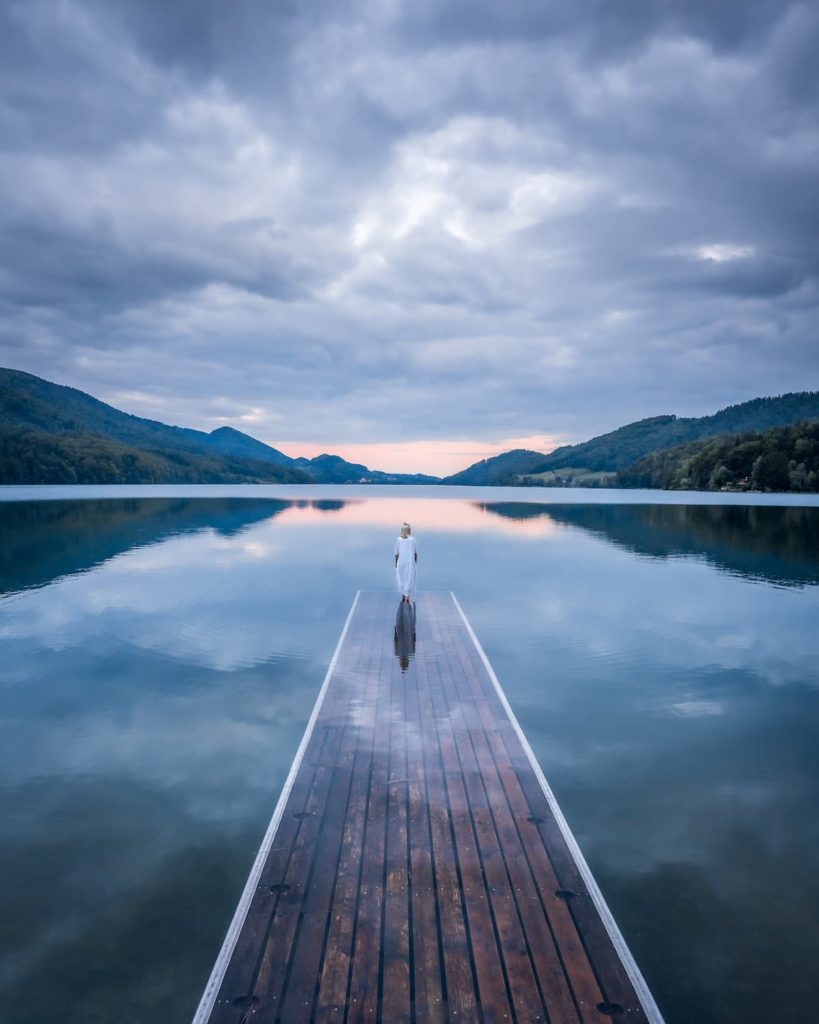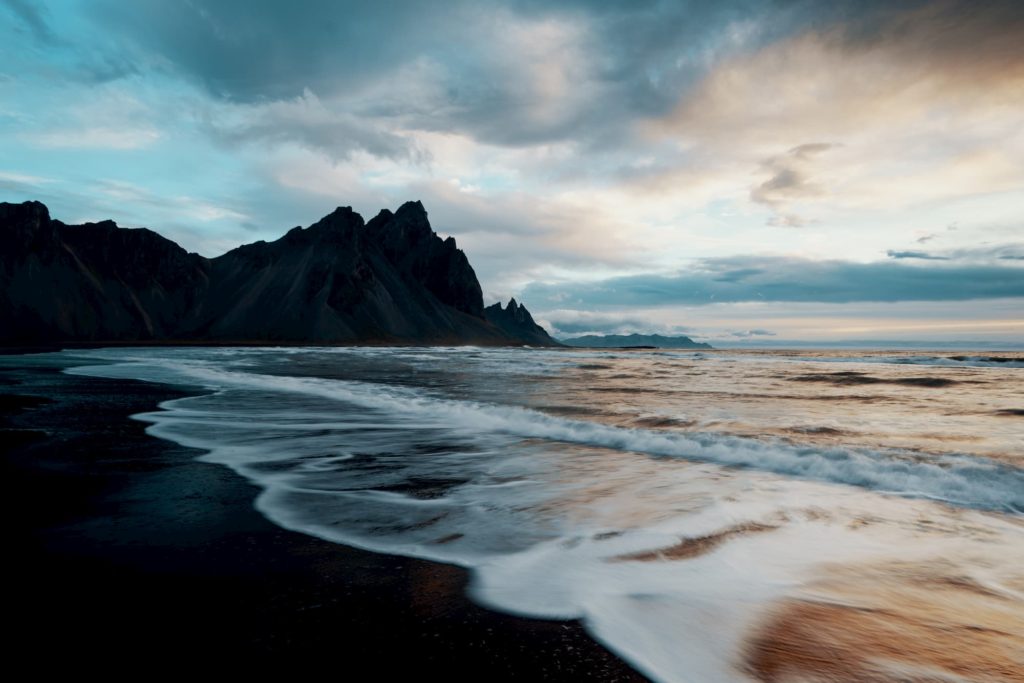
Tomas Morén
@wanderwithtomas
Photographer based in Sweden
We were always out in the forest looking for mushrooms, birds, frogs, and reptiles…. Though one moment I remember specifically is when my grandparents and I sat down on a big rock in the forest and had some Swedish Fika (cinnamon buns). They gifted me a pocket guide about all the Swedish reptiles and birds. I still have it to this day and my daughter is going to get it from me when she gets older.
My grandparents played a huge role in my love for the outdoors and my interest in wildlife. At some point, I realized that you could capture nature’s essence in an image and get more people interested in nature and wildlife. This was stimulating me to get more serious about photography in 2021, while I had had a DSLR for ten years already.
The fact that I was tired of the 9-5 kind of living also pushed me to make work out of my creative skills and love for photography. I have a family that I need to support and want to spend time with, and working from Monday to Friday from 9 to 5 for someone else isn’t really what enabled this and what I want out of life. At some point, it was clear to me that I would rather start my own business in photography and get the chance to take my family with me on my work.
I did a lot of research to start with, before taking the leap. Instagram is a wonderful platform to do research on. You can do polls and ask people all sorts of questions. That was the beginning of it all. The photography community on Instagram can be amazing. Some people can be quite rude and you will experience that, but the majority of (small) creators are awesome people to talk to and pitch ideas to.
"Don’t be afraid to reach out to people you don’t know; I’ve met a lot of wonderful people just by shooting them a DM."
I’m only at the beginning of this journey and so far, one of the most exciting moments has been when Panasonic Lumix reached out. I kept tagging them in my posts and wrote in my captions about how happy I am with Lumix as a brand and all of a sudden they started to share my work and we started to talk through DMs. They told me they really love my work and that was the start of something bigger – which I can’t really talk about yet…!
Besides working more with clients, I’m in the process of offering photo workshops in the Norwegian mountains. Also, I’m going to Iceland in June to scout out locations for a workshop there in 2023. It will not be your typical Iceland photo workshop – it will be something special! I’m also selling prints at the moment and will soon sell my preset packs.
My style and most of my photographs show moody sceneries; I feel that they make you think a little more. A moody scenery can represent someone’s state of mind, hopefulness, loneliness, escape, and so on. One of my favorite moody shots that evokes emotion was taken in Norway, at Loen lake, with the reflections of the deep green trees on the water. The fog made it perfect.
The same photo was also the first one that was ever sold as a print. I can remember how proud I was that someone wanted to pay to hang my work on their walls. It was a girl from Australia that sent me a DM and asked if I could sell her a print of this image. She found me from hashtags, which shows that hashtags are an important part of instagram.
My typical workflow in Lightroom for moody shots is to start with decreasing the contrast, exposure, and highlight. Then I play with the tone curves a lot. I like the faded look so I don’t have any pitch blacks in my photos. I also play a lot with the HSL sliders and love to down the greens and blues.
"Oftentimes, I would add words to my images to enhance the feeling and mood I was in when I took the photo."
In a world where there’s millions of photos in your feed, I think it’s important to let people know the kind of person you are. Adding a single keyword in an image may reach many people. Hopefully I can make people stop scrolling and make them think, appreciate life as it is.
I also apply my moody style to photographs of wildlife. The thrill and excitement it gives me when I finally nail THAT shot is amazing and exactly the reason why I love capturing wildlife so much. All my shots are of wild animals; it can be extremely difficult to approach a wild animal to get close enough to get a good framing. That’s why investing in a good photo hide is essential. The animals will hopefully not notice that you are there and will behave naturally. I’ve spent quite some time in a photo blind this winter photographing Golden eagles and northern goshawks. It would not have been possible to get these kinds of shots without a photo blind. Once I had been sitting in the hide for 6 hours and not a single bird had come by. Then, all of a sudden a huge Golden eagle landed 4 meters in front of me. He stayed for well over an hour and I got some really amazing shots of the eagle in its natural environment.
It’s the thrill of never knowing what images you might capture on a day of adventure that makes photography so addictive for me. To be out in nature, travel, meet new people, and see new places is what makes me love photography in addition to the actual shooting and technical part of the craft. It’s the whole process that makes the craft so appealing and fulfilling and there are always new things to try, new challenges, different circumstances.
My latest challenge has been traveling with a toddler on a photo trip. We went to Norway and it was the first time our little one joined such a trip. Before we got our daughter we traveled where we wanted, and when we wanted. But with a little girl of the age of almost two, you can’t really do that without a plan.
When you travel with a toddler you are not in charge; it’s the little one that decides when and where to eat, sleep, and so on. We are used to hiking for miles and miles without stopping, just moving almost continuously to reach that mountain peak as soon as possible. But our toddler needs to nap several times a day, we need to bring a backpack that she can sit in, food for her that needs to be warmed up, and not to mention keep an eye on her non stop because of all the cliffs and canyons she could fall down from. But we did it. We just had to plan extra, bring all her food, take the wildlife kitchens, stop for her naps and drive when she was asleep. I love traveling with my daughter, but it can be tough sometimes.
"However, it also taught me that nothing is impossible."
You can travel anywhere with a toddler, just differently. I still got a lot of amazing shots and went on some awesome hikes. And in addition, our daughter made me slow down and appreciate the moment we were in, instead of just chasing the next one shot. It’s a different kind of adventure, but I wouldn’t trade it for the world. We are going to Iceland this summer for two weeks and she’s coming with us. She has only enriched our trips and brings the fascinated inner child in ourselves alive again.
Would you like content like this sent to your inbox?
NOMADICT
ART GALLERY
THE LATEST STORIES
WRITEN WITH PASSION TO INSPIRE YOU
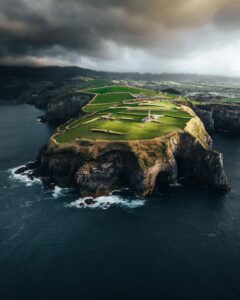
Photo tour in Azores, Portugal
Join us in the Azores for a unique photo tour, where you’ll elevate your creative skills with expert guidance from Ronald Soethje, Bruno Ázera, and Nomadict.
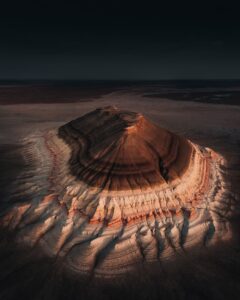
Forest Kai (@forest1kai): Photographer based in the US
In this article, Forest shares how years of chasing scale, silence, and raw landscapes shaped his approach to photography, from the deserts of Kazakhstan to the volcanic ridges of Iceland. He talks about how he uses light, texture, and vast negative space to create images that feel both intimate and overwhelming.
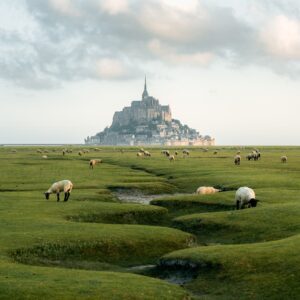
Simon Hechtbauer (@roamwithsimon): Best of the Week 32 at #nomadict
Simon shares the journey behind his photography, from early inspirations to field techniques, editing, and the story of the winning shot that shaped his path.

Miroslav Maršík (@miromarsik): Photographer based in Czech Republic
In this article, Miro shares how his love for cinematic music evolved into a deep passion for photography and how he uses light, color, and atmosphere to turn the streets of Prague into living film scenes.

Aurora photography panorama workflow: A guide to camera settings, editing, and color
In this article, Stefanie reveals how her background in physics sparked her passion for astrophotography and how she blends science with creativity to capture the beauty of the night sky. Readers will discover her approach to color, contrast, and editing, as well as her aurora photography workflow.

Yhabril (@yhabril): Best of the Week 33 at #nomadict
Spanish photographer Yhabril captures the profound connection between humans and the mountains that shaped him. Growing up in the Pyrenees, his work bridges outdoor sports, landscapes, and celestial scenes — often blending athletes, moonlight, and wilderness into striking visual stories.

Ariane Totzke (@besondersschwierig): Photographer based in Switzerland
In this article, Ariane shares how photography helped her navigate personal challenges, connect authentically with people and animals, and develop a philosophy rooted in empathy and artistic freedom. Readers will also discover her ethical approach to wildlife photography and her trusted equipment for both camouflage techniques and cameras.

How to photograph Dutch tulip fields: A guide to light, gear, composition, and colors
Discover how to photograph Dutch tulip fields in their most magical light. From choosing the right gear and lenses to mastering composition, color, and aerial perspectives, this guide shares creative techniques to capture the beauty of the Netherlands’ tulips. Learn how light, color grading, and proportion bring emotion into every frame.
